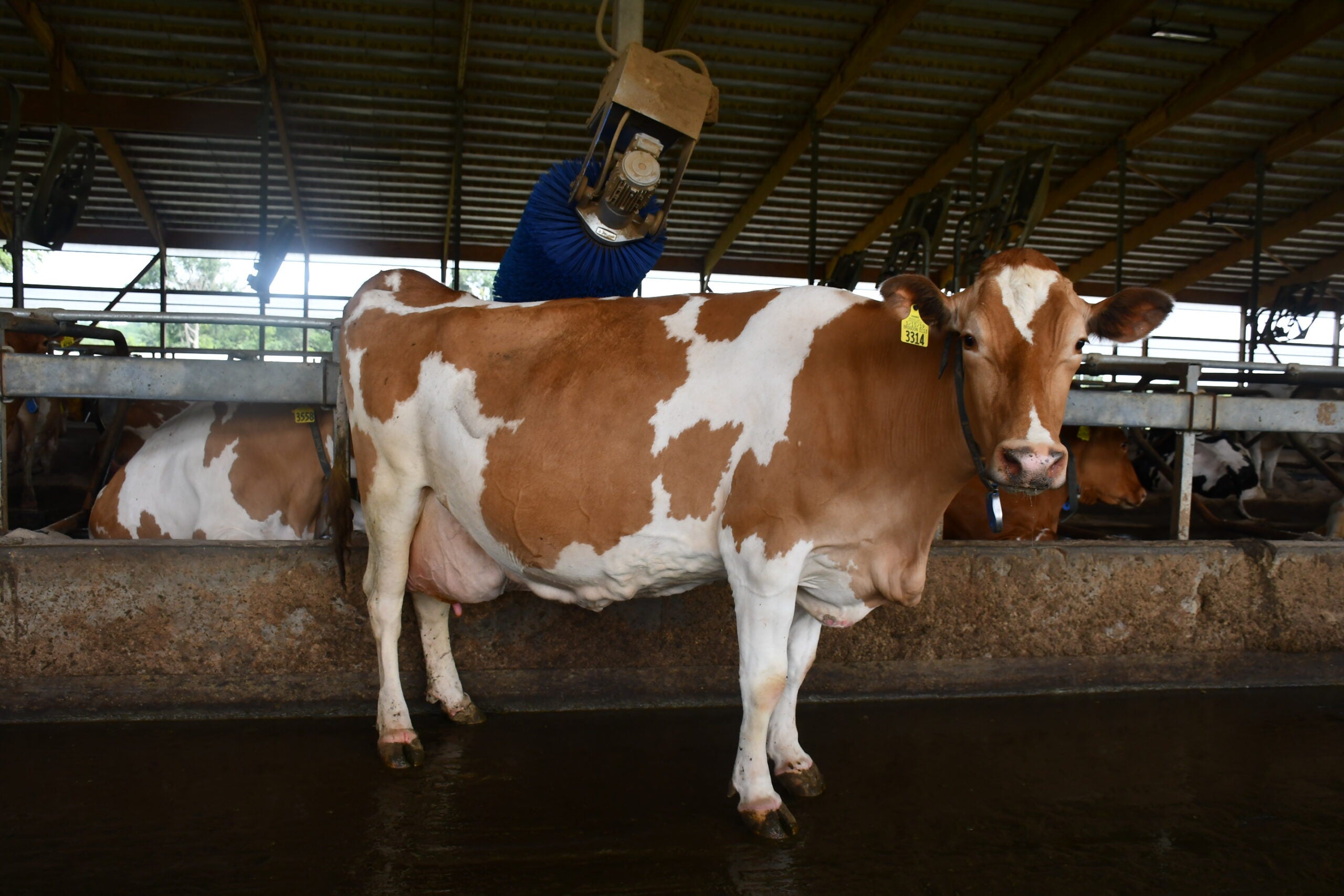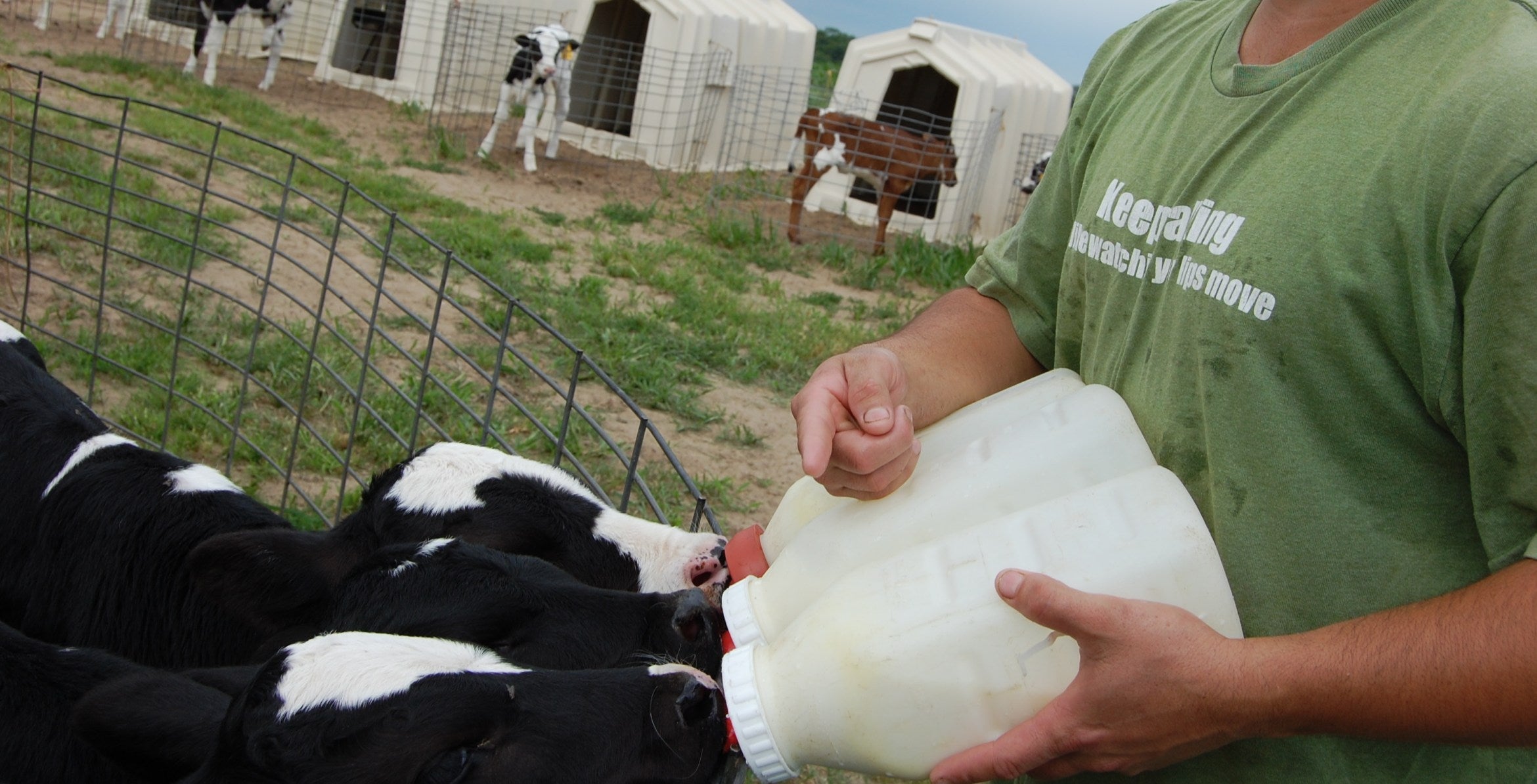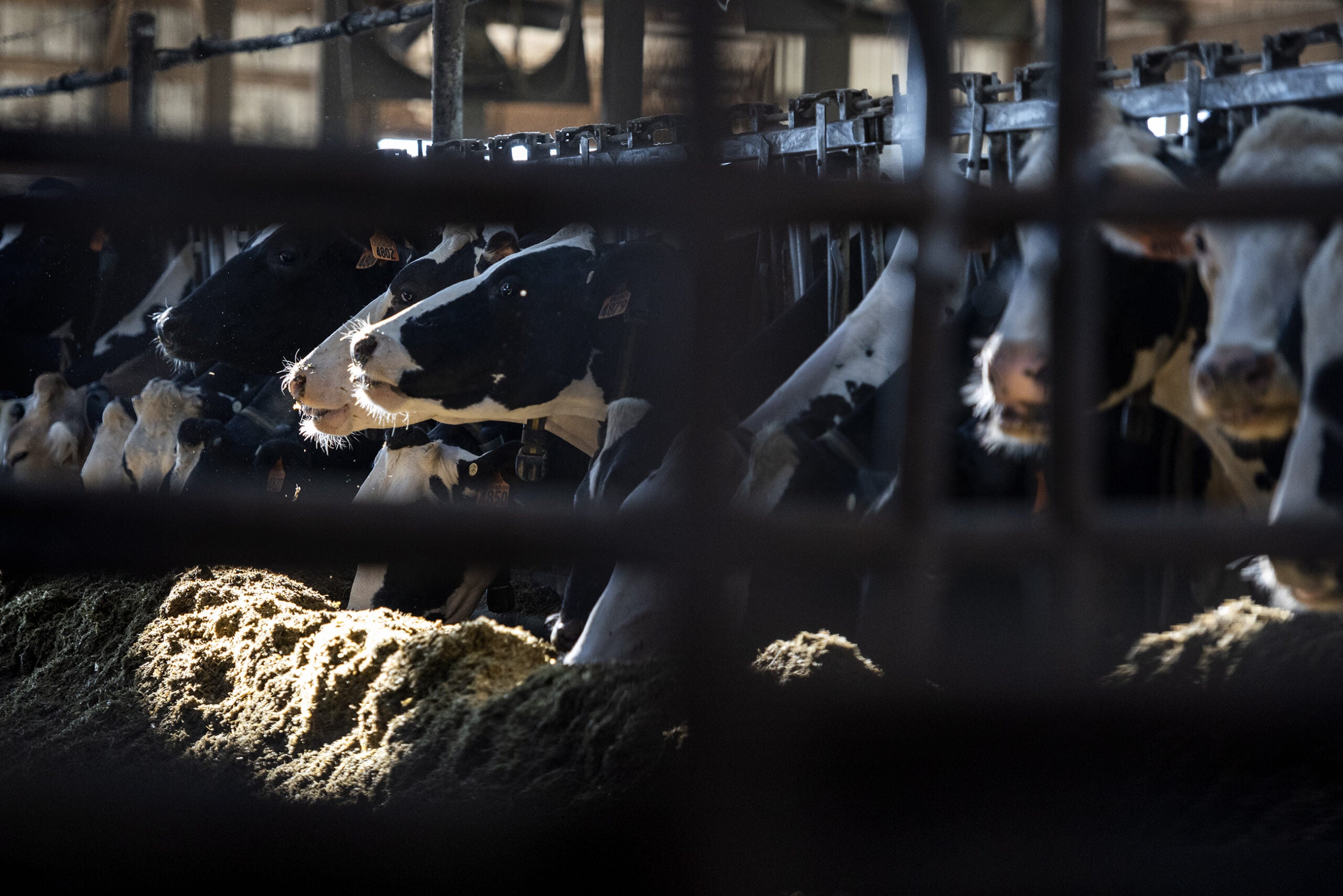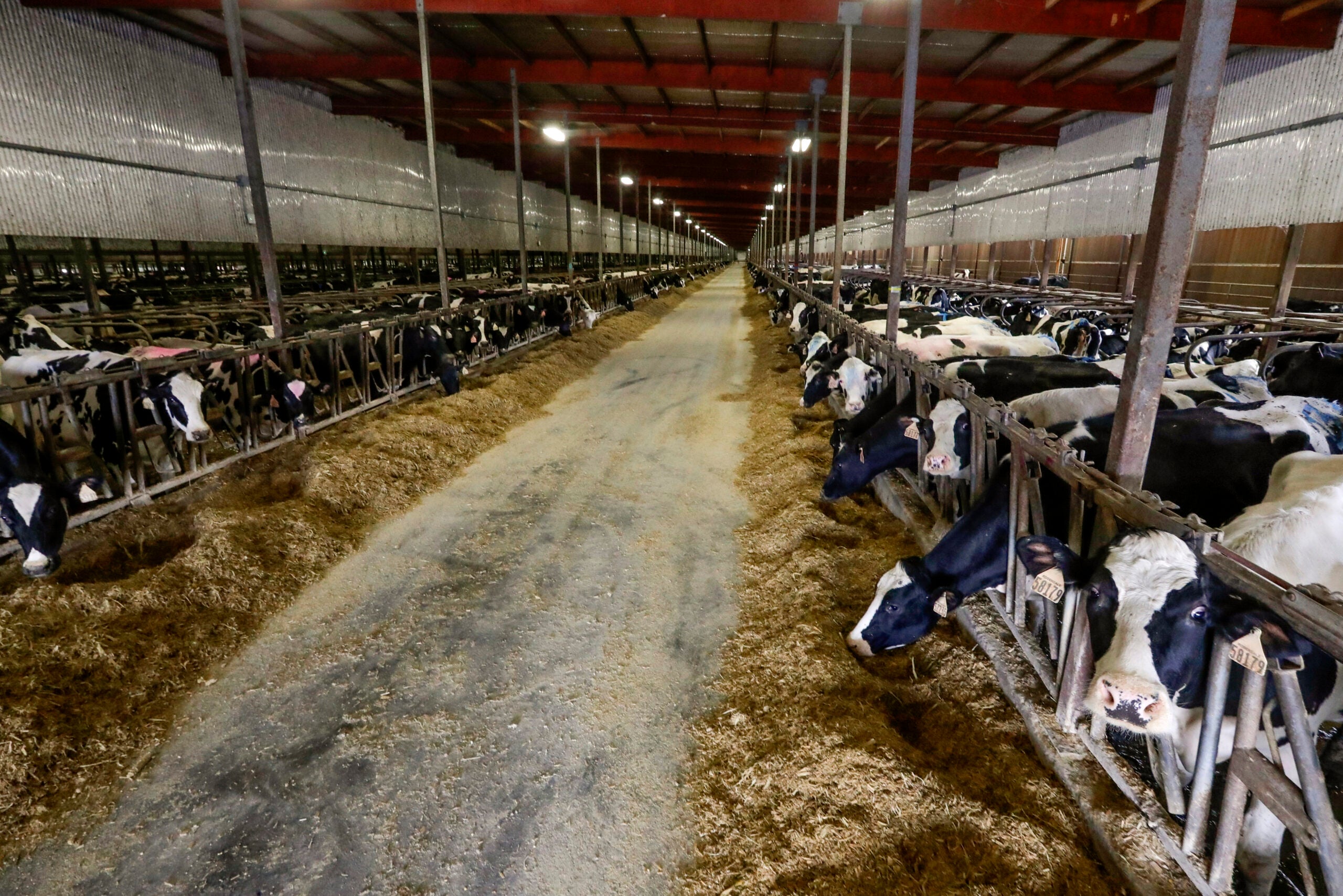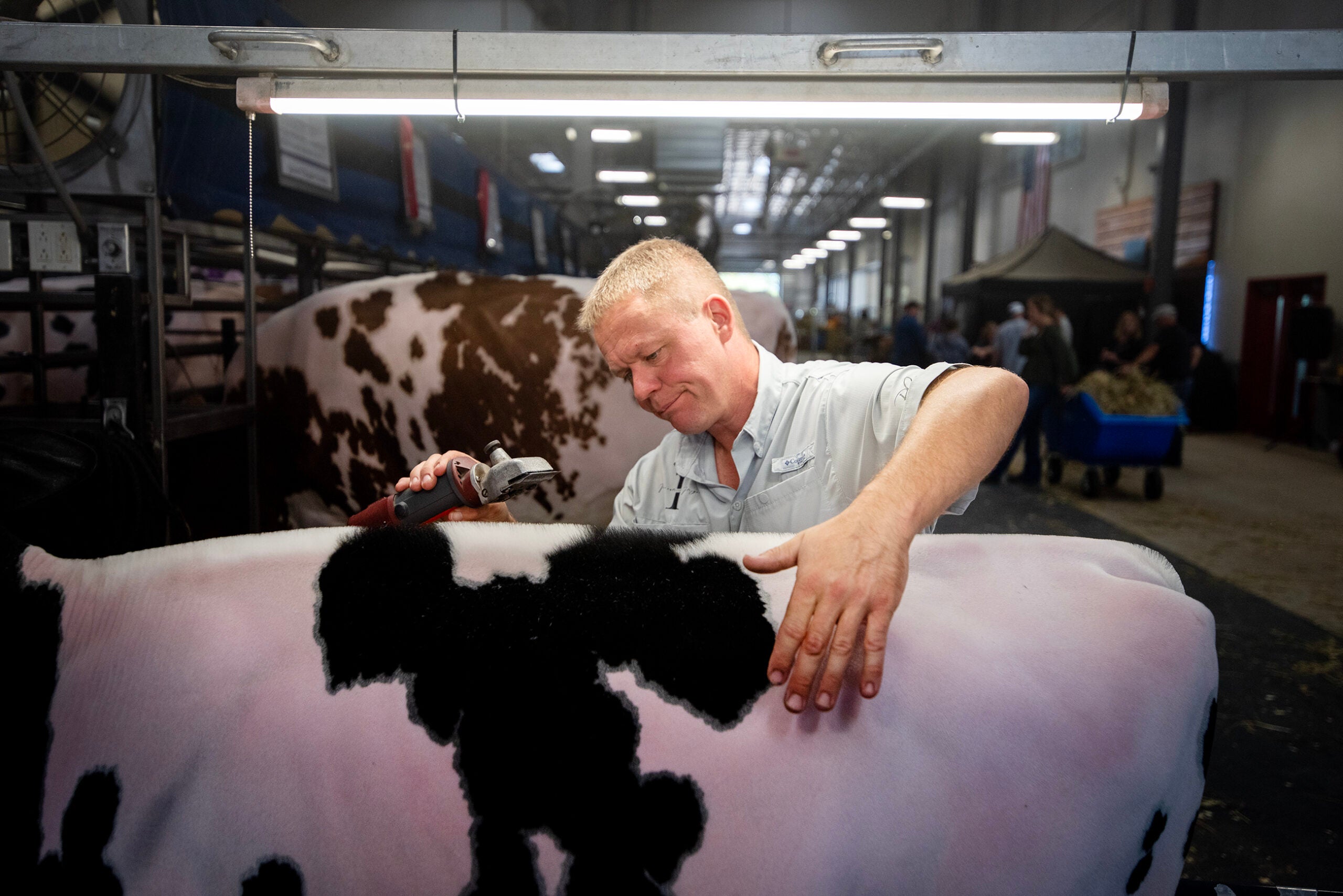Last month, south central Wisconsin became the site of a national research hub into the dairy industry.
In Prairie du Sac, a team of scientists and researchers broke ground on a $55-million facility with 18 buildings on 42 acres. Expected to open in 2027, leaders of the facility hope to modernize dairy research practices, including units specifically dedicated to robotics.
Dennis Hancock is center director at the U.S. Dairy Forage Research Center, which will administer the new facility in partnership with the University of Wisconsin–Madison’s College of Agricultural and Life Sciences. He said part of the decline in Wisconsin dairy farms can be attributed to workforce shortage and a possible solution is replacing some of the workforce with technology.
News with a little more humanity
WPR’s “Wisconsin Today” newsletter keeps you connected to the state you love without feeling overwhelmed. No paywall. No agenda. No corporate filter.
Wisconsin lost roughly 30 percent of its dairy farms from 2017 to 2022, according to recent data from the U.S. Department of Agriculture’s Census of Agriculture.
“One of the ways to save smaller farms, in my opinion and those that have actually made the conversion would agree, is through the use of robotics,” Hancock recently said on WPR’s “Wisconsin Today.” “Robotics are quite expensive, but they do save a lot of labor.”
Milking cows with less labor
One of the most common examples of labor-saving technology in the dairy industry is automated milking systems, something the research center hopes to study further.
Automated milking systems use sensors that collect information such as health or milk production. The sensors also determine when the cow is ready to be milked and open the milking stall for the animal. Before milking, robots clean each cow’s teats and attach milking cups. Data on the yield and quality of the milk is collected during each milking.
Hancock compares it to entering a parking garage with a barcode that contains information about your health and eating habits. Little manual labor is required. According to the U.S. Department of Agriculture there are more than 35,000 robotic units on dairies worldwide.
The Hoard’s Dairyman Farm in Fort Atkinson has used four robotic systems for about five years, said Abby Bauer, the managing editor of the Hoard’s Dairyman Magazine in Fort Atkinson.
The machines can milk about 250 cows, three times per day.
Bauer said that if a cow has not been come to the robots in a certain number of hours, the milking system sends an alert to the farm managers so they can check to see if there’s a problem.
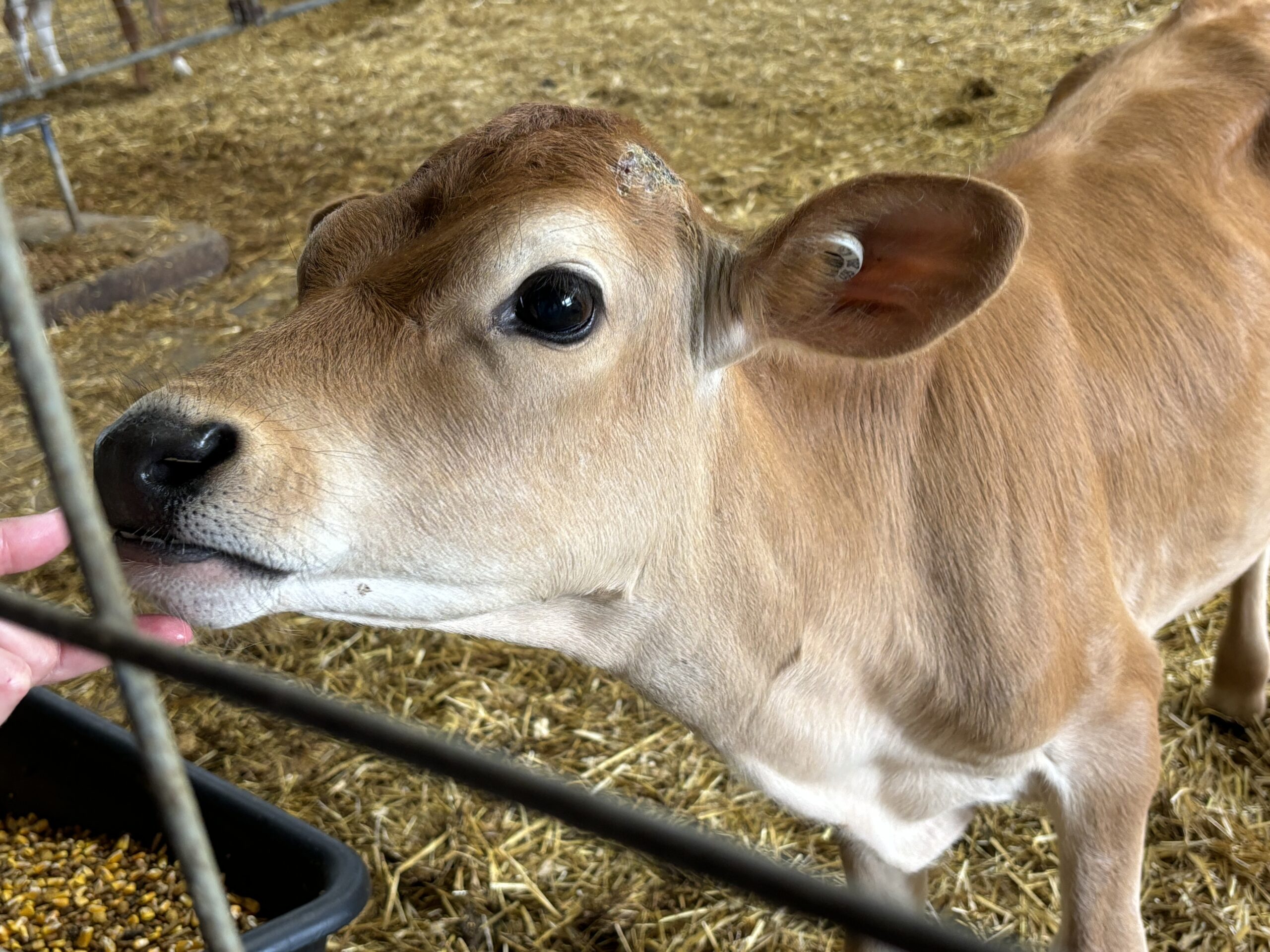
She said although the machines require less labor, people are still needed to maintain the equipment and interpret the data. The farm, which is more than a century old, also has a milking parlor where around 50 cows get milked without the automatic milking system.
The farm also uses technology to increase efficiency. A robotic feed pusher pushes food closer to the cows as they eat away — replacing work that would be done by a skid steer or by hand.
“Cows are active and they will use their tongues and they’ll flop the feed away from them and they use this robot to push it back up,” Hancock said. “And this is a labor savings.”
Another machine is designed to comfort, brushing and massaging the cows when they press against it.
Improving environmental footprint
Part of the research at the new Prairie du Sac facility will be comparing two types of milking systems. One is known as free flow that allows the cow to decide when to be milked and the other is a guided flow that has more restrictions on when a cow can be milked based on feed and scheduling.
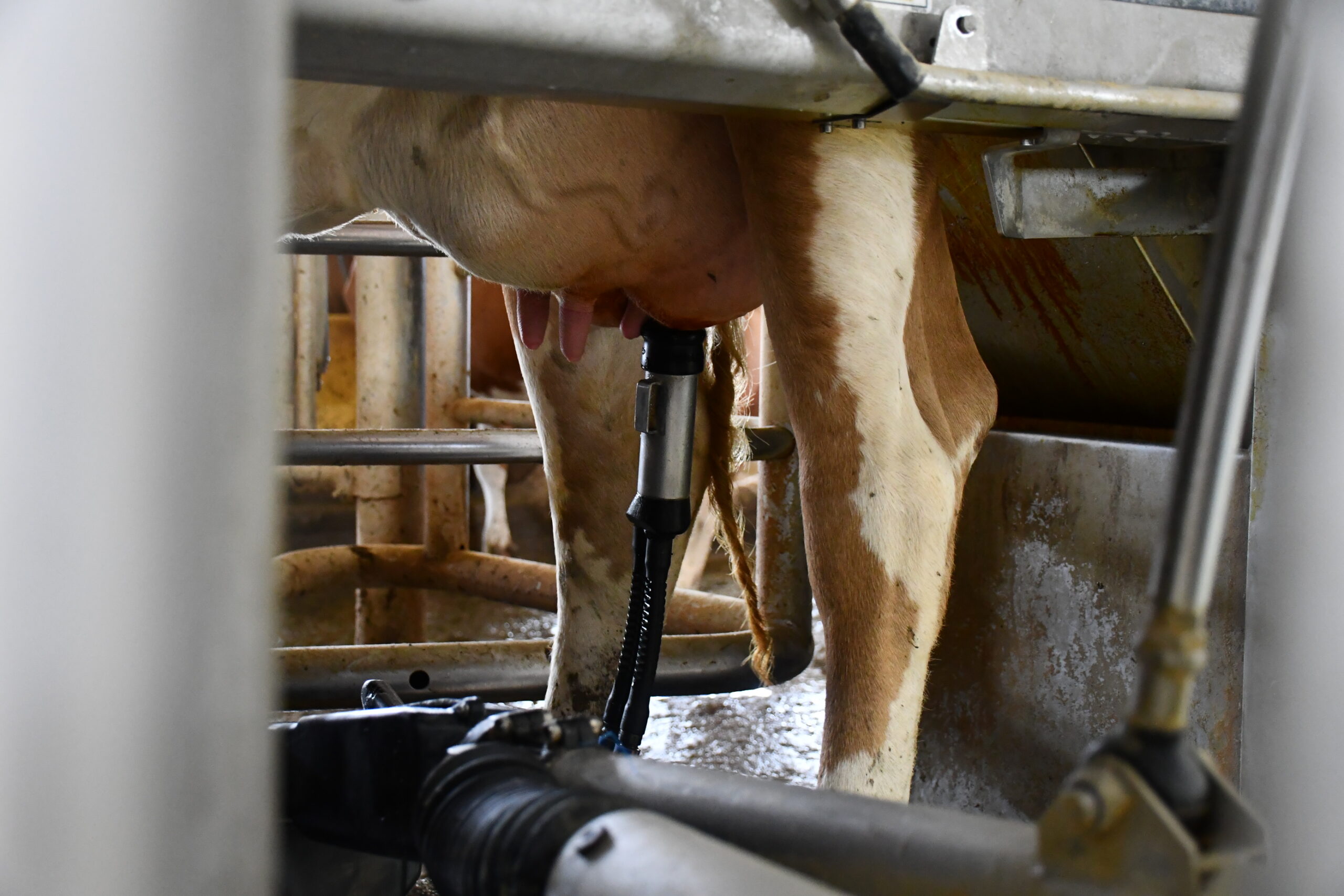
Other research at the facility will center on improving soil health, forage production and chambers for measuring greenhouse gas emission.
Cows will be housed in the chambers for a week where researchers will measure the output of methane and other types of gas such as carbon dioxide and oxygen.
Hancock said methane output studies already exist but they are just a snapshot in time. The chambers will provide a tremendous amount of data over the course of days.
“When the animal is laying down, what does that mean? When she’s standing up? If she’s drinking more, is that having the impact on her methane input or output?” Hancock said.
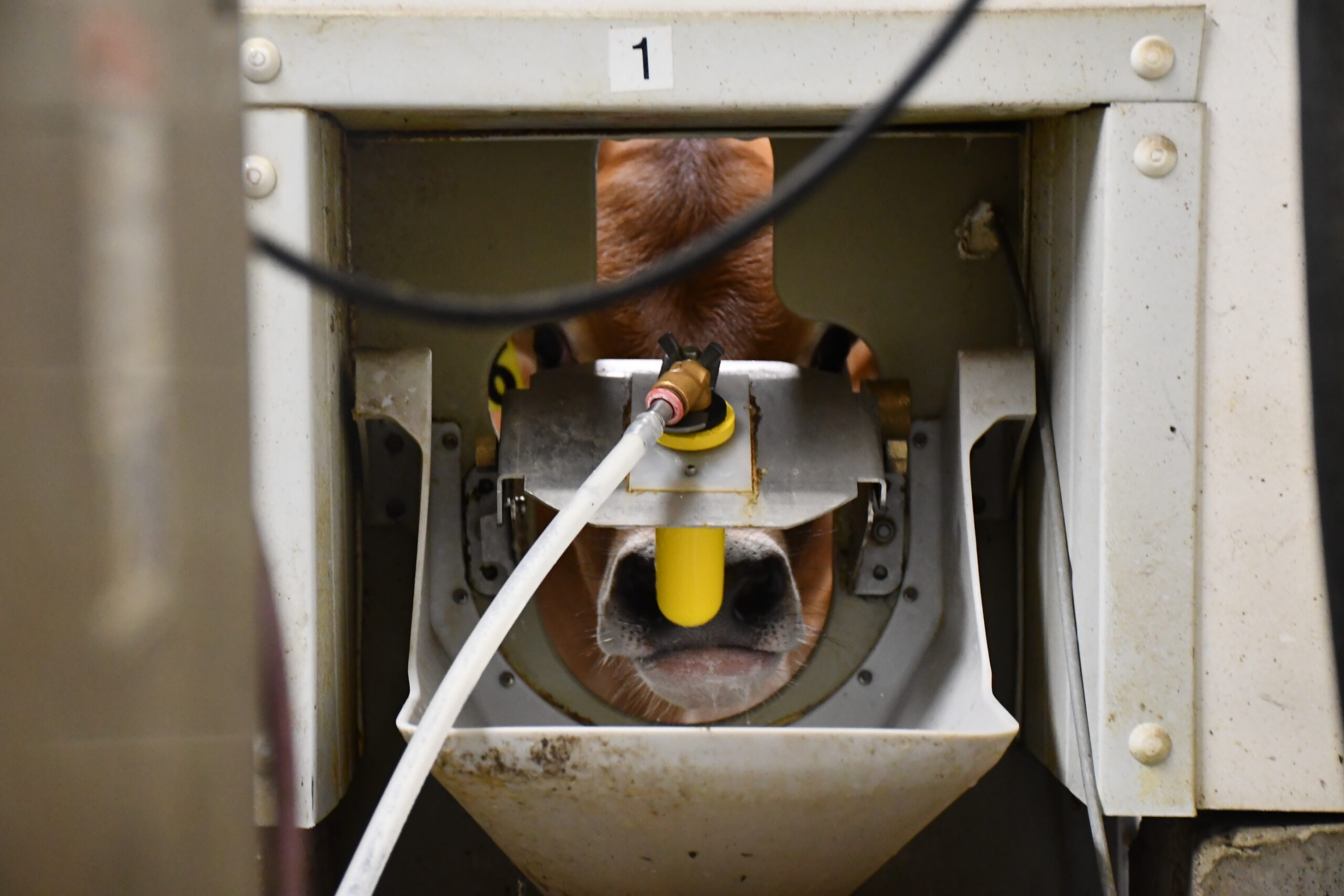
The center also plans to further study “environmentally integrated dairy management,” which is a fancy way to say manure management, Hancock said.
“It gets down to not only managing manure but also the diet itself,” Hancock said. “We can tweak the diet and reduce the amount of nitrogen and phosphorus going in and therefore reduce the amount coming out.”

